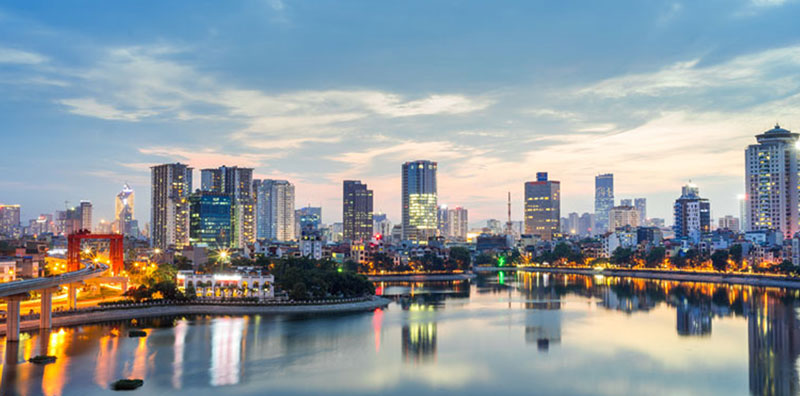
Reporter’s Notebook: HANOI – CAPITAL OF WAR MEMORIES, CITY OF PEACE
It’s been said, that we don’t know the value of peace, until we’ve been at war. Perhaps that’s why Hanoi has so may reminders of conflict. At the revolutionary war museum, you can see the totality of generations of war on the Vietnamese people. The outdoor exhibits alone, take you back to 1954, nine year resistance culminating in the battle of Dien Bien Phu when the French colonialists lost to the Vietnamese. The destroyed carcasses of US B-52’s shot down during the “Vietnam War”, or as it’s known here, the “U.S. sabotage war of North Vietnam.”
There are torpedoes from the former Soviet Union co-opted by the Vietnamese communists to drive away the US forces during that war.
And American tanks, a chinook helicopter and of course those jets and B-52 bombers.
The Vietnamese fought the Chinese too.
But among the war memorials and museums I visited while there, the emphasis was clearly on the more recent interventions by the US and the French.
The Hoa Lo Prison — aka the Hanoi Hilton.
As an American, I expected to see more information on display concerning the American POW’s here. Nope. Just two rooms, emphasizing the “resort-like conditions” they were housed in, complete with volleyball courts, and their glorious release.
“Was this a hotel or a prison?” I thought to myself.
U.S. Senator and former U.S. Presidential candidate, John McCain, spent five and a half years here. He was held in such a way that he never regained the ability to lift his arms above his head. Rather than a photograph of his torture, there’s a black and white image of him receiving medical treatment.
But if the Vietnamese were known as terrible tormentors during the conflict in the 1960’s and 70’s, they also knew what it was to be victims of cruelty and brutal treatment by the French colonialists. The museum shows the small cells where famous revolutionary Vietnamese communists suffered, and where groups of men, women, and children were shackled side by side in large groups, seated on hard wooden tables.
But the most impact, for me, was in the room where a guillotine towers over the room, and a sign telling the frequency with which it was used to terminate prisoners.
(Monument)
McCain is irrevocably tied to this city, to this country. The war here shaped his politics, shaped his heroism and sense of patriotism. Even though he recently died, there are still fresh cut flowers placed at his memorial along one of the dozens of lakes in Hanoi. It’s a peaceful moment, in a city that has known far too many wars.
A city which had hoped to host a historic peace agreement for the DPRK-US summit.
Even though that didn’t happen, it’s a city which still showed the world what happens when you remember the wars you’ve suffered, if for no other reason, than celebrate peace.

